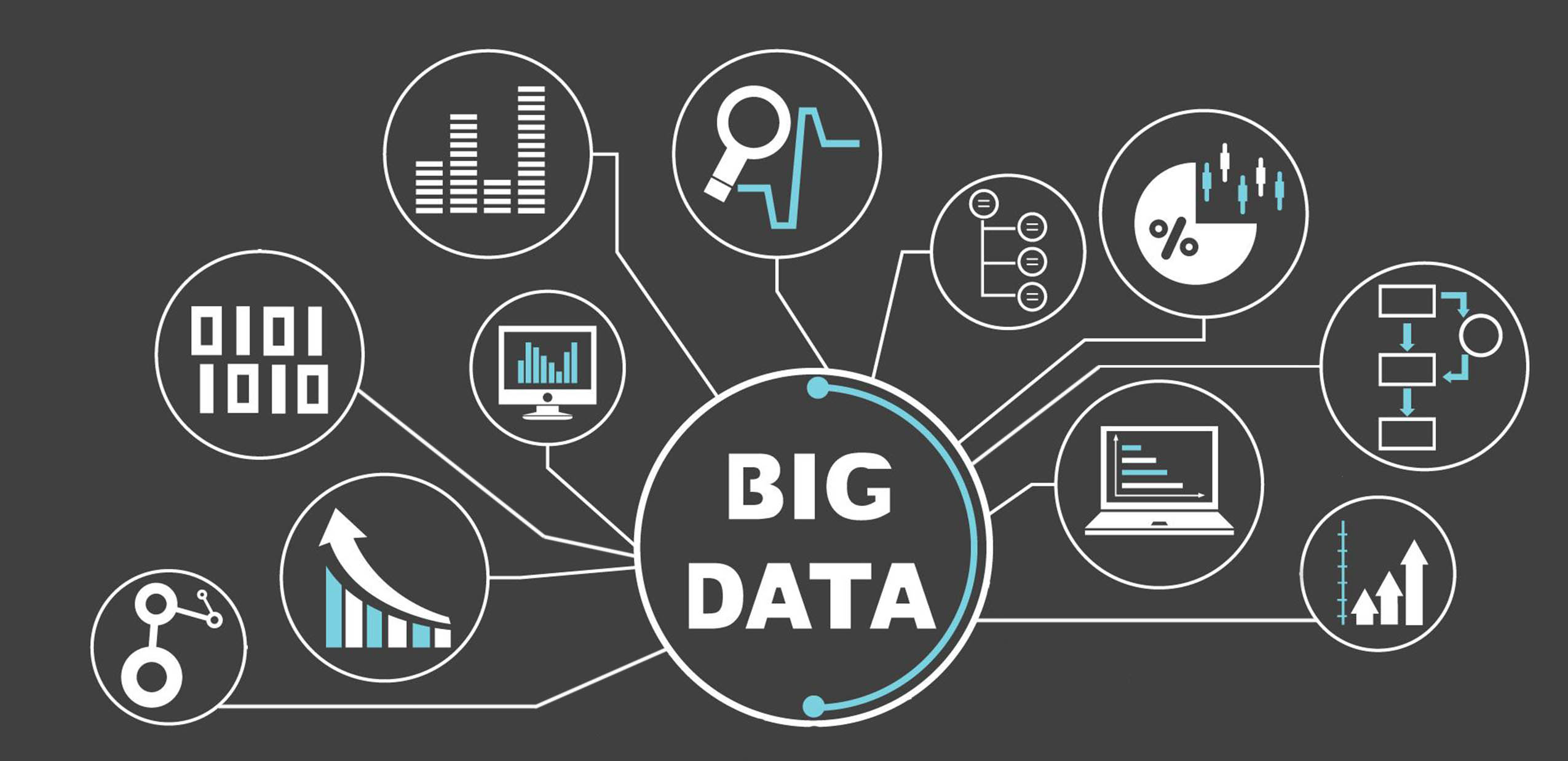For businesses’ that are either in the start-up phase or functioning as a midsized operation, data warehousing and BI are likely to present some unique challenges. There is little doubt that the outmoded and traditional ways of handling data and its supply through BI no longer cut the mustard. This can be a real issue for companies that are already fighting with limited technology budgets and the very real prospect of cash-flow starvation.
When you set the need to make rapid and accurate data-driven business decisions against such a background, it is easy to see that implementing the correct BI strategy is going to be nothing short of crucial to your long-term success. The leading question, therefore, that you may be asking is “how should you implement modern BI” and this article has been created to assist you in finding some answers.
So what’s wrong with doing BI the traditional way?
In large organizations (over 1,000 employees) business intelligence has more often than not been handled by sector-specific systems such as accounting and finance, marketing and data analytics, and sales strategies, etc. A separate BI team that is often headed by skilled data analysts in effect “oversees” and handles the data, before passing information on KPIs and other crucial decisions enabling statistics onto the teams that need it.
This “traditional” approach to BI is usually IT heavy and relies on the previously outlined extra layer of administrative tasking. It doesn’t take a genius to work out that connecting and transferring the huge amounts of data that such an organization produces is likely to be time-consuming, costly, and prone to the risks of loss in translation.
When the lifecycle of some of the data-driven projects that such organizations are continually involved in is taken into account, the amounts of collated and transferred data can become huge. It is only a small step from this realization to one that sees an almost confusing complexity of data, channels, and cross-referencing user groups.
Some of the challenges that this “traditional” approach faces
While this approach to BI and data analytics may actually work for larger companies, it isn’t always a financially feasible option for smaller businesses and more pertinently start-ups. It is a fact of life that the resources of these smaller operations are often spread much more thinly with many individuals and teams needing to adopt something of a “Jack-of-all-trades” approach.
Put more succinctly, smaller operations are more likely to have a single data analyst, scientist, or engineer than a whole team and the available finance needed to maintain it. This puts a great deal of pressure onto the shoulders of such individuals who are likely to struggle in meeting the diverse requirements of each and every end-user of the data they are working with.
The irony is that the data is probably even more crucially urgent for these newer and smaller and operations and their very survival and agility within the marketplace rely on it.
Thanks to this state of affairs, those charged with analyzing the data are more than likely to find themselves sifting through it and spending valuable time either referring back to the source or rectifying some or more of the following:
- Data that comes from sources that don’t fully integrate with those that the end-user needs to apply it to.
- Dirty or even corrupt data that isn’t grammatically correct and renders it at least “suspect” if not unreliable for its intended end-use.
- Data that has not been aggregated and, therefore, doesn’t match the reporting level for which it is intended to be utilized.
The Nitti gritty of modern BI implementation
As databases continually grow in size, choosing to make them cloud-based is becoming much less of an option and far more of a necessity. Once that happens in your business, you are then going to have a drastically reduced need for a data warehousing team because, in effect, you will no longer have one to maintain.
Hey, presto! That means you should be able to do away with the need for a full-time database admin too. If any of this is already beginning to sound like music in your ears then you will be further pleased to know that all of the above is certain to come with substantial cost savings, even after you factor in the cost of the alternatives. Add the staggeringly improved speeds at which you will be able to analyze and action your data findings and you should be smiling already.
Utilizing the most appropriate BI tools
If we are to keep our feet planted on the ground and remember that much of the aforementioned is rendered against the working landscape of medium-sized organizations and start-ups, scalability should be viewed as a key consideration. Choosing tools that will grow with the size of your operation should, therefore, be a priority.
Integration and agility
The whole ethos of modern BI is its ability to integrate and connect with a diverse range of data sources and existing systems. From Excel spreadsheets and Google Analytics to MySQL and other code sources, it is essential that your business chooses the tools that provide the most pain-free transition to modern BI and data analysis.
Even the reliance on data warehousing as a source can be eliminated using some systems and tools. This gives users the opportunity to by-pass the ETL step completely and connects them directly with systems such as Salesforce and others. It is worth bearing in mind when considering your modern BI options whether your chosen system will integrate with most if not all of the following:
- Cloud databases such as Amazon Redshift
- Excel and other spreadsheet and CVS files
- Servers, especially those that are already set-up to accommodate modern BI systems
- Databases such as MySQL and others
A few other things worth considering
Although you as an owner or manager will be paying for whatever system you eventually choose, it is your in-house teams that will be using it. That is why it makes good sense to get them on-board from the start. Further, consider your customers and the impact it may have on how they use your business and their continued perception of your brand. And finally, it almost goes without mention that whatever choices you make, they should be viewed in the framework of the long-term goals and core strategies of your business.
































